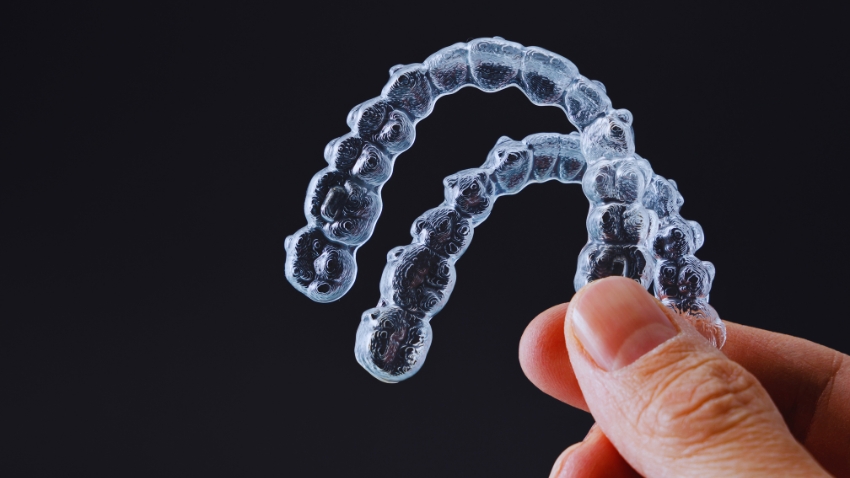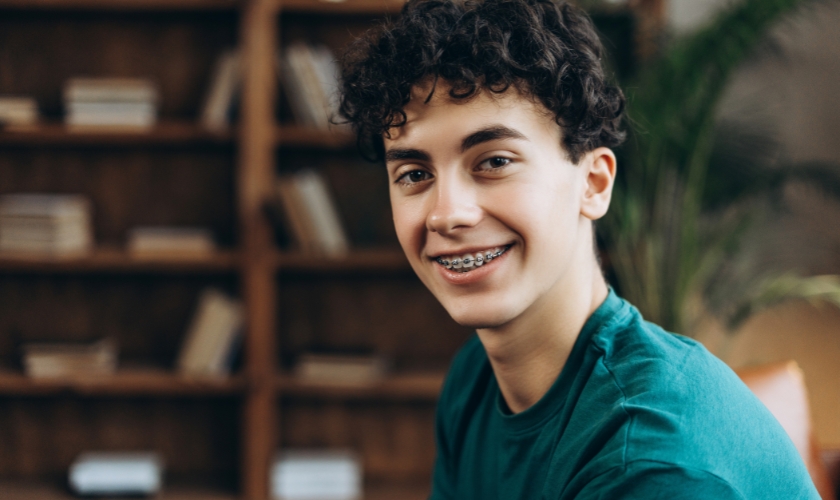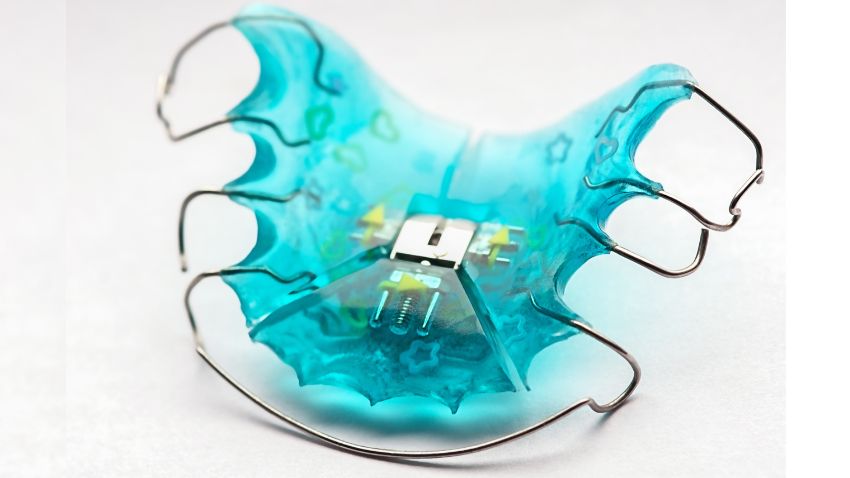You finally have your braces off. Your teeth are amazing, and your smile is new. When you feel like the tough part is behind you, your orthodontist gives you a retainer. It’s not exactly the “freedom” experience you’re hoping for. But here’s the catch—retainers aren’t optional; they’re the reason your braces were worth it.
Skipping retainers after braces may seem appealing, particularly after months or even years of orthodontic care. But few are aware that your teeth still have a memory of their previous location, and they’re not afraid to revert.
Let’s deconstruct why wearing retainers isn’t an afterthought—it’s an integral part of long-term oral health.
Teeth Can and Will Move Again
Your braces provided a controlled environment to move teeth into alignment. But here’s what happens after the braces come off:
- The bone surrounding your teeth takes time to stabilize. Immediately after braces, it’s still soft and adapting.
- Ligaments have “memory.” They can pull teeth back into their original, crooked positions.
- Habits of daily life count. Chewing, sleeping position, and even mild teeth grinding (bruxism) can move teeth over time.
Without retainers, your teeth can begin to shift in as little as weeks. That’s not scare-mongering—it’s simply how the biology of tooth movement functions.
Retainers Are Custom-Fit for Stability
Whether you have a fixed or removable retainer, it’s made to perform one task: keep your new smile stable.
Why Custom Retainers Make a Difference?
Each patient’s mouth is unique, and that’s why retainers are not generic. They’re tailored to your post-brace alignment using impressions of your teeth.
Wearing your retainer as directed helps keep:
- Arch shape
- Bite balance
- Tooth spacing
It’s not all cosmetic. Poorly moved teeth can cause uneven wear, gum recession, and even jaw pain down the line.
How Long Do You Have to Wear Them?
There isn’t a one-size-fits-all timeline. Some retainers need to be worn full-time for a few months, followed by nightly wear. Some may wear theirs forever at night to stop shifting. Your orthodontist tailors a plan to your tooth movement, bite position, and treatment result.
In Modesto, dental professionals tend to suggest nighttime wear for the rest of your life. That sounds extreme, but after a while, it becomes habit, another step in maintaining your smile.
Orthodontic Treatment Doesn’t Stop With Braces
The braces process may be complete, but your orthodontic treatment isn’t. That’s when retainers come in. Not doing so might throw away all that effort. Consider retainers as a protection for your smile.
Patients tend to downplay this last stage. Without regular usage of retainers after braces, many end up requiring touch-up treatments or even a second set of braces.
Retainers aren’t just a follow-up—they’re the finish line. And if keeping your smile straight, healthy, and functional matters to you, this part can’t be skipped. Whether you’re wrapping up treatment or planning for it, talk with your orthodontic care team about what retainer schedule suits your bite best.
The future of your smile is in what you do when you’re finished with braces. Be consistent. Keep it aligned. If you’ve finished orthodontic work or are nearing completion, get in touch with your dental practitioner today to acquire your personalized retainers—and show them off with pride.




